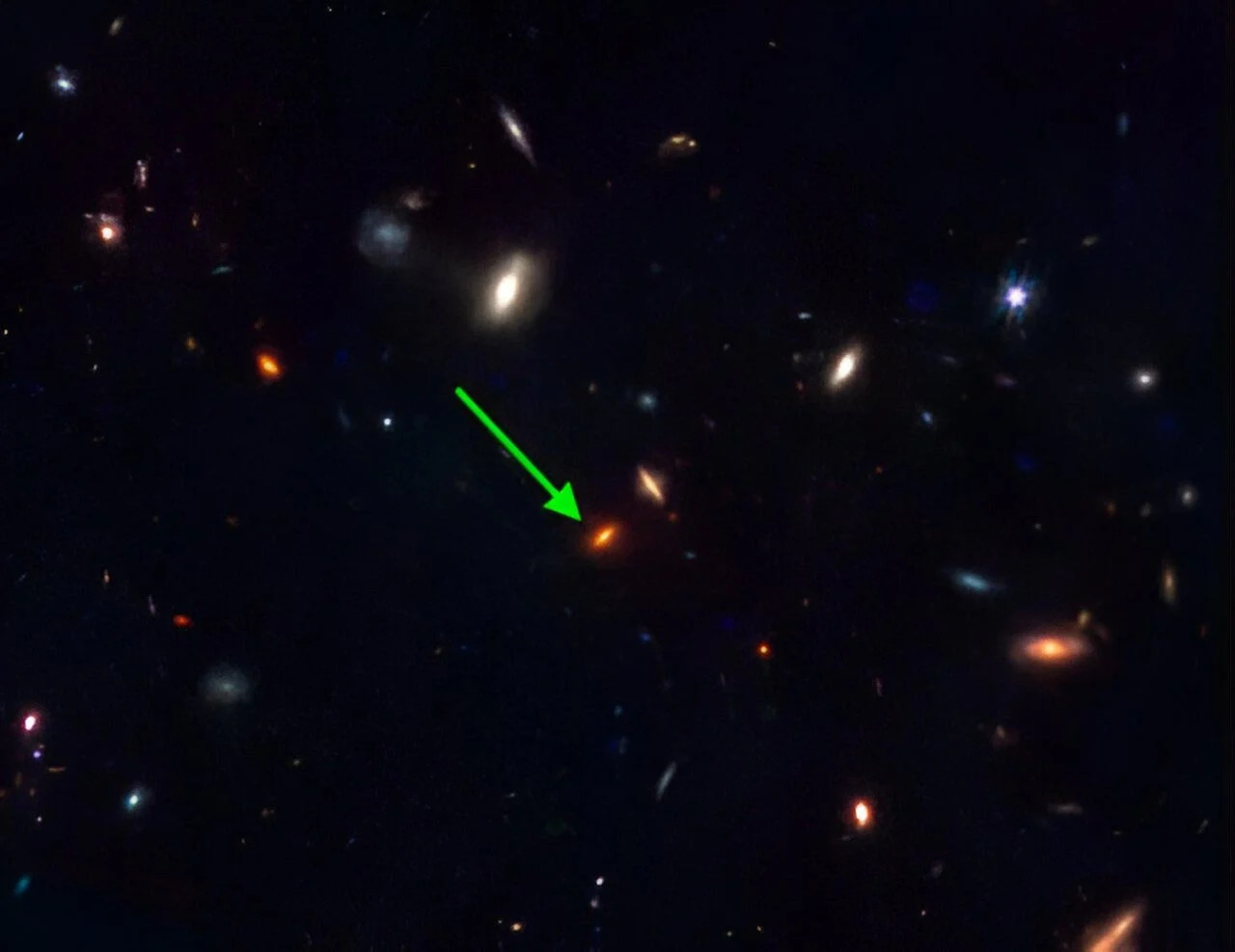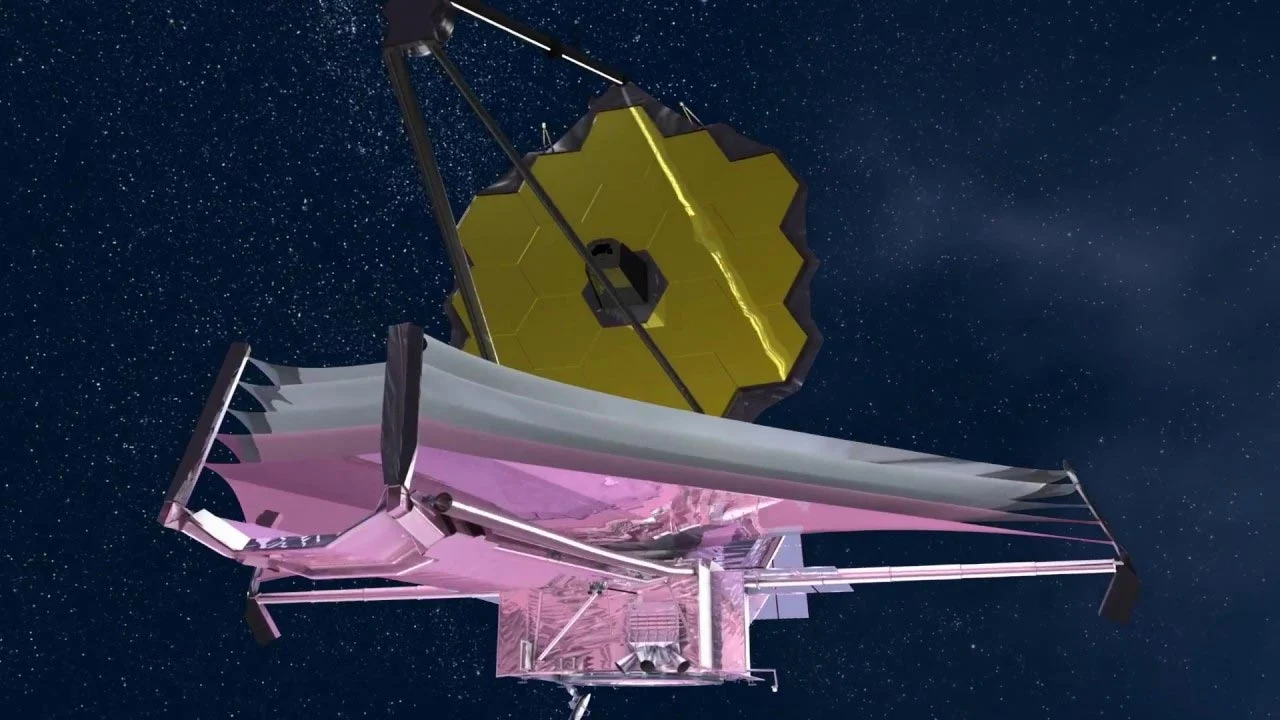
New observations from the James Webb Space Telescope could dramatically change our understanding of galaxy formation and dark matter by revealing a galaxy larger than the Milky Way that existed more than 11 billion years ago.
The study, published in the journal Nature, showed that this ancient massive galaxy contains stars that formed 1.5 billion years earlier than predicted by existing theories. According to Professor Carl Glazebrook of the Swinburne University of Technology, who led the international team of researchers, it was necessary to use the capabilities of JWST to study this galaxy, as Earth’s telescopes could not cope with this task due to its poor visibility.

This discovery casts doubt on existing models of galaxy formation based on the distribution and concentration of dark matter in the early Universe. The assumption was that the formation of such massive galaxies requires more time for dark matter to accumulate in sufficient quantities.
The study raised important questions about how such galaxies could form so quickly and what mechanisms led to the cessation of new star formation in them at such an early stage of the Universe’s development.
Associate Professor Claudia Lagos from the University of Western Australia, who participated in the development of theoretical modeling for the study, noted that the existence of such massive galaxies in the early stages of the Universe challenges the standard model of cosmology.
The discovery could be an important step in understanding the physics of dark matter and the processes of galaxy formation at the dawn of the Universe.

